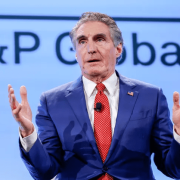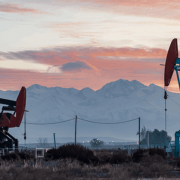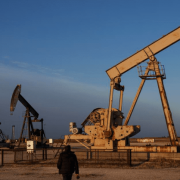US Secretary of the Interior, Doug Burgum, on Wednesday set out to sound a different note from the previous US administration while speaking to an audience of oil and gas professionals in Houston, US, starting with two words that he figured they had not heard from President Joe Biden’s team: “Thank you.”
He thanked the much-maligned US oil and gas industry for coming up with new technologies that have driven higher the nation’s energy production and exports, and for working out how to produce in areas where no one had thought it would be possible.
On Wednesday, Doug Burgum, the US Secretary of the Interior, sought to convey a distinct message compared to the previous administration during his address to oil and gas industry professionals in Houston. He opened his remarks with a phrase he believed they had not often heard from President Joe Biden’s administration: “Thank you.”
Burgum expressed appreciation for the often-criticized US oil and gas sector, acknowledging its role in pioneering new technologies that have significantly boosted the nation’s energy production and exports. He also commended the industry’s ingenuity in developing methods to extract resources in previously unfeasible locations.
Prior to his role in the Trump administration, Burgum served as the governor of North Dakota, a state rich in oil reserves.
Click here to read the full article
Source: upstream
—
Do you have any questions or thoughts about the topic related to the interior secretary initiatives? Feel free to contact us here or leave a comment below.










